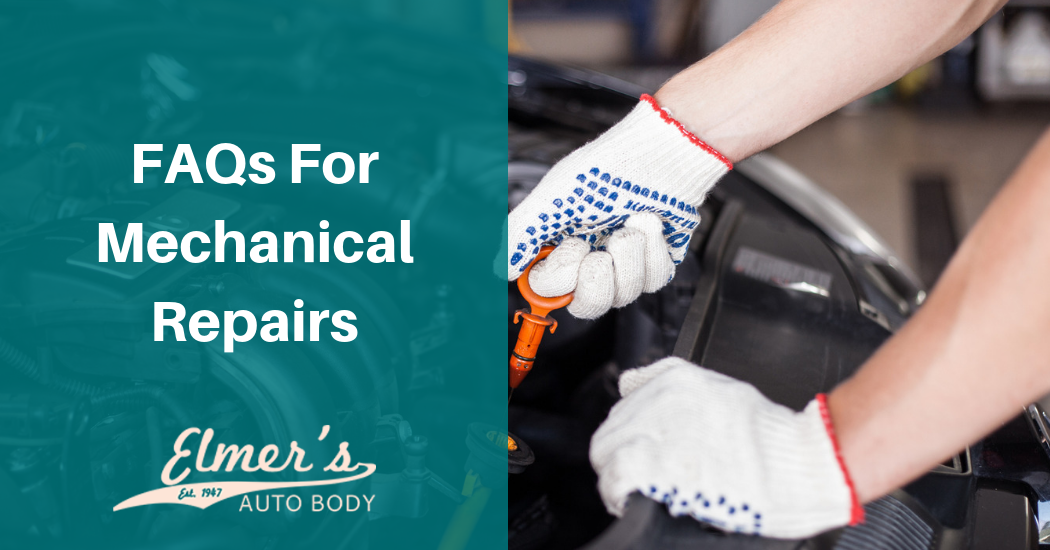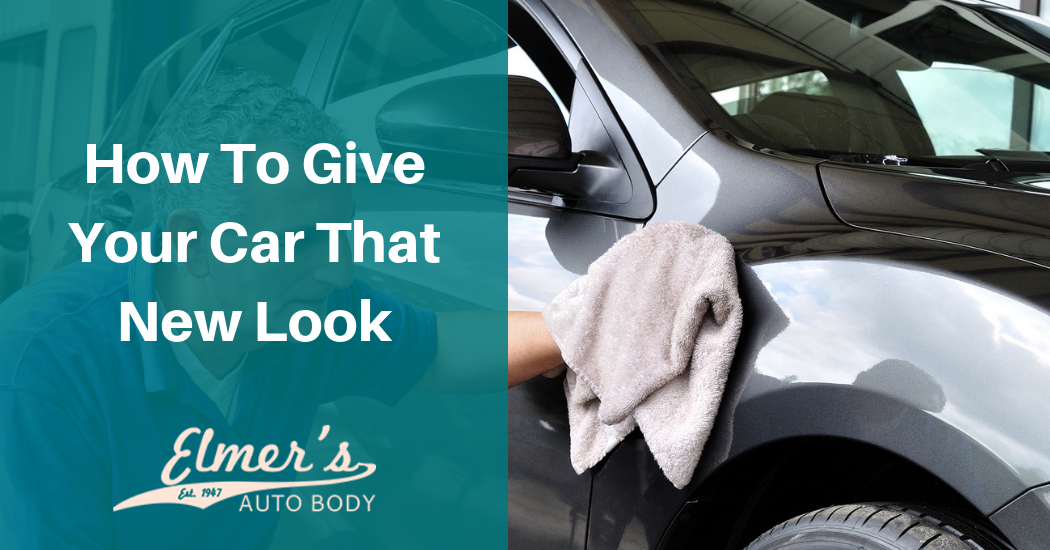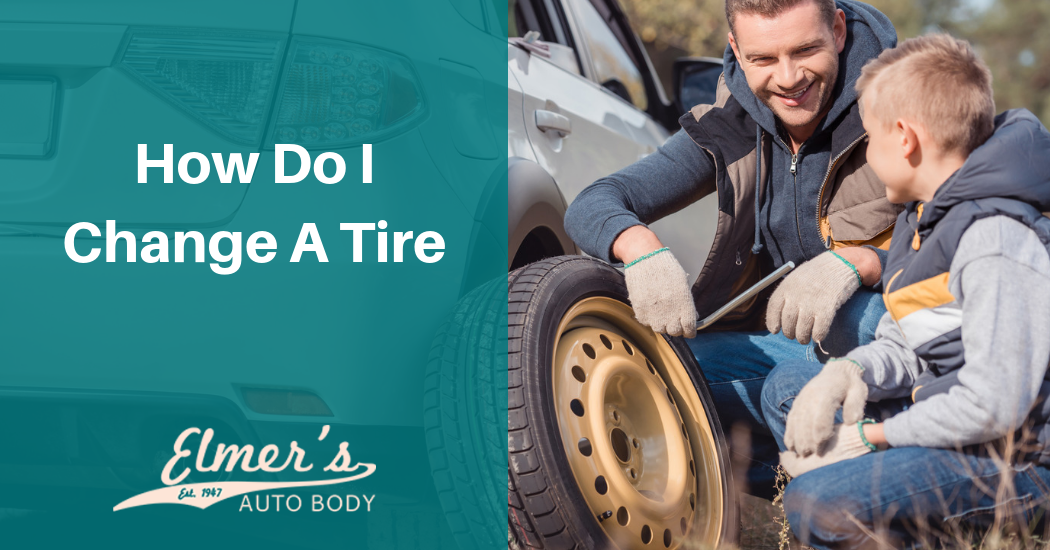You hear the term “preventative maintenance” thrown around with machinery – especially vehicles – a lot. You’ve probably never questioned the validity of this idea, after all, it makes sense that regular maintenance to prevent problems before they can happen, would be wise.
But, has a mechanic or “gearhead” ever told you that your preventative maintenance is lacking, despite your being sure that you check all the boxes on that. You keep your tires inflated properly, you keep your oil and fluids topped off, you get regularly-scheduled diagnostics and tune ups done. What else is there, aside from general upkeep?
Well, on a microscopic level, that’s mostly what you need, if you follow it all within the right parameters. However, on a more macroscopic level, that’s only scratching the surface. Today, we’d like to go over some FAQs about preventative maintenance. Some of this you can do yourself easily, but a lot of it should be handled by trained professionals – you can’t take chances with your vehicle, now can you?
What’s Involved in Preventative Maintenance?
First, let’s go over the various things that should be done, and a brief look at why.
- Safety Inspection – Brakes can wear down, steering can break down, and airbags can sort of “expire” from disuse in some cases. Frequent checks to be sure these are all in working order is crucial. This includes brake lining, hydraulic lines, calipers and wheel cylinders.
- Fluid Flushing/Change – Fluids in your vehicle are something you’re probably somewhat used to having to tend to. Oil depletes and becomes dirty. Antifreeze breaks down and becomes dirty and viscous, and so on. But, you should also flush/top off power steering fluid, brake fluid and other hydraulic fluids as they break down/deplete as well.
- Other Oils – Motor oil isn’t the only oil your car has. You should also have differential gear oil changes, as well as trans-axle oil changes done.
- Filters – Your filters become dirty over time, and while some filter designs can be washed our hosed out, it’s better to just replace them. These include air filters, (cabin and engine), as well as oil filters.
- Belts and Gaskets – Belts become loose and worn out, and gaskets break down over time as well. These should be replaced or at least inspected regularly.
- Hoses – Hoses can wear out due to heat or contaminants building up, and these are critical for delivering fluids where they need to be, like veins in a body. They need checked and/or replaced often.
- Additional – Regular tune ups, windshield wiper service, spark plugs, electrical checks, and battery services should be done frequently – you probably already see to this kind of regular servicing, right?
When to Do These
So, now you know what goes into this, but when should these all be done?
- Via Owner’s Manual – The following should be done per owner’s manual specifications: Valves, oxygen sensors.
- Belts – Your drive and timing belts should be replaced every 4 years or 60,000mi.
- Oil /Filter – Your oil filter and a complete lube change should be done every 3,000-5,000mi.
- Air Conditioning – Every spring.
- Tire Rotation – Every 5,000mi.
- Yearly Services – These should be done yearly and/or as needed: Fuel filter, Battery Service, brake system and clutch system flushing, PCV valve inspection/replacement.
- Every 2 Years – These should be done every 2 years and/or as needed: Radiator coolant, engine oil flushing, automatic transmission flushing, power steering flushing, EGR system service, carbon cleaning, throttle-body service, radiator coolant.
These aren’t all of the services that should be handled, as an entire car diagnostic, computer code scan, and other systems can very widely, but should be tended to often. To learn more, fill out our contact form today or give us a call!



